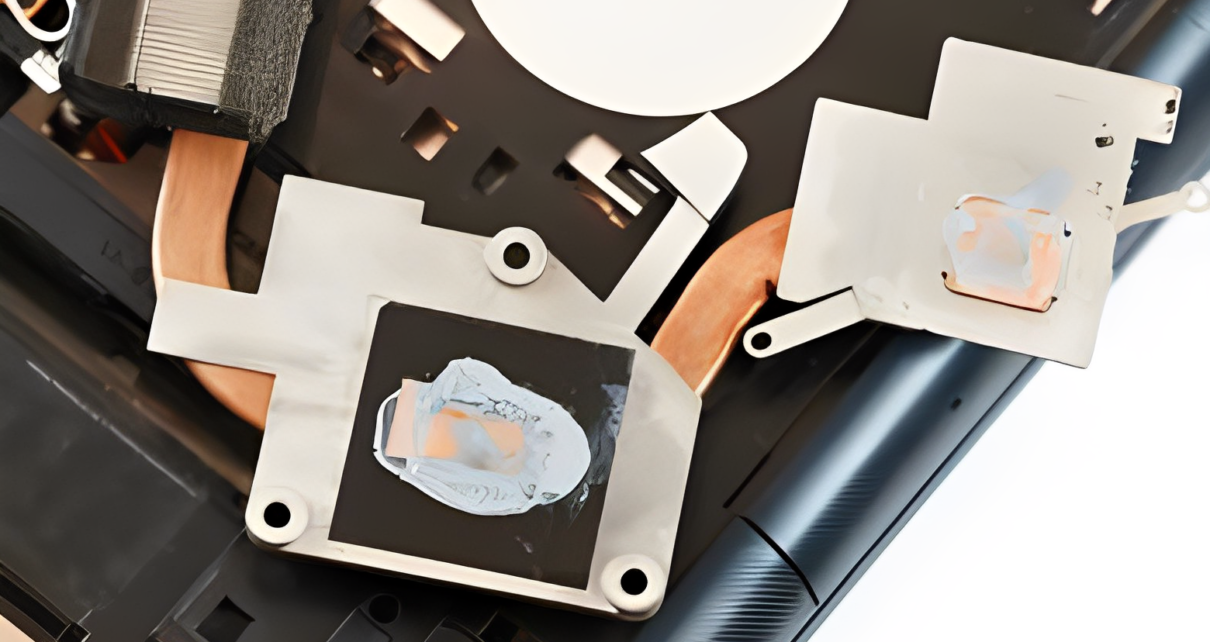Thermal analysis is a well-developed science that allows the identification, characterization, and exploration of physical phenomena. It can be used to find transition points, determine enthalpy, build temperature histories, and even track processes such as curing and recrystallization.
Differential scanning calorimetry (DSC) is one of the most common techniques for thermal analysis. This article collection will discuss the principles of DSC and its applications in material testing.
DSC
Differential scanning calorimetry, or DSC, is the main technique used for thermal analysis. It detects endothermic and exothermic transitions as a sample is heated or cooled. The result is a plot of heat flow (thermodynamic data) over temperature that is called a thermogram. This data can provide qualitative and quantitative information about a sample. It can help identify a wide range of phases and chemical reactions, such as glass transition, melting, crystallization, thermal decomposition, specific heat capacity, polymorphism, and purity analyses.
A typical DSC experiment involves a reference cell and a sample cell filled with the same material. The instrument then applies a constant heating rate to the sample and the reference cell while recording the results. The difference in the heat flow between the sample and the reference is measured, which allows the DSC software to generate a typical thermogram that can then be analyzed to reveal the thermal transitions that occurred during the test.
DSC is one of the most powerful and reliable calorimetric techniques, especially when it comes to analyzing small-molecule materials. It can measure the glass transition of polymers and other solids, and determine their enthalpy of fusion and crystallization. In addition, DSC can also measure the heat of adsorption for polar and non-polar molecules.
DTA
The DTA is a thermal analysis technique that can be used to determine the temperatures and heat of transition for metastable systems. It can also be used to identify crystalline phases and can help with the determination of compositions, structures, properties, and kinetic parameters of materials. The DTA is a good complement to DSC and TGA and is especially useful for examining polymer systems. In addition, it can provide information about the relative hydration state of the material, as well as whether or not absorbed water is bound or unbound.
DTA is used mainly in the evaluation, characterization, analysis, basic and applied research, and pollution control of organic and inorganic fossil fuels such as petroleum, coal, oil shale, and mineral ores. The analysis of these materials can give important information on their calorific value, volatile yield, petrochemical potential, coke production, and the formation of end products ash, slag, and gases.
The DTA is a valuable tool for assessing the quality of pharmaceutical compounds in a variety of applications, such as drug formulations and dissolution studies. It can also be used to monitor the stability of solid dosage forms during manufacturing processes. For example, a DTA can be used to monitor the physical changes of a hydrate API in a granulation blend and in tablets compressed from the blend. It can also be used to determine the onset of a decomposition reaction, such as hydrolysis.
EGA
Evolved gas analysis (EGA) is a technique used to identify the gases that a material releases when heated. It is a valuable tool for many different applications, including pharmaceutical industry product development and fuel analysis. It can also be used to determine the temperature range at which a chemical decomposes and to develop a protocol for preventing the degradation of materials.
Thermogravimetric analysis, or TGA, is a common technique for analyzing physicochemical properties of polymers and other materials. During the TGA process, the sample undergoes a change in weight due to the vaporization of solvents and other reactions. The weight change can be monitored by calorimetric techniques such as DTA and DSC, or thermogravimetry (TG). The evolution of gases during the TGA process is an important source of information about the composition of the sample.
The EGABOX is compatible with all TGAs, and no additional software installation is required. It can be triggered automatically by a TGA to start at the chosen storage time, or it can be started manually to monitor a TGA cycle from the beginning. Complete molecular information about the evolved gases is then available to the user. This can be particularly useful for determining the vapor pressure of a sample and can be used to predict a TGA curve.
TGA
During TGA testing, a sample is heated in a furnace while being continuously weighed. This allows scientists to see how much the material loses mass over time. The data collected from this process is plotted against temperature and/or time, creating a curve that can help determine inflection points and other important information.
The TGA method is particularly useful for studying polymers and other organic materials. It can help identify the presence of water, solvents, fillers, and other contaminants in a sample, while also providing insight into how those compounds react with other substances during the heating process. This allows scientists to determine a variety of things, including the maximum temperature that a product can be used at before degradation occurs.
Other uses of TGA include examining the stability of a compound, identifying moisture content in samples, analyzing the reactivity of various metals and alloys, and assessing the durability of polymers and other synthetic materials. This technique is also frequently used in the pharmaceutical industry for quality control purposes, determining whether or not a drug contains any contaminants that could adversely impact its effectiveness.
Thanks for visiting postmyblogs




